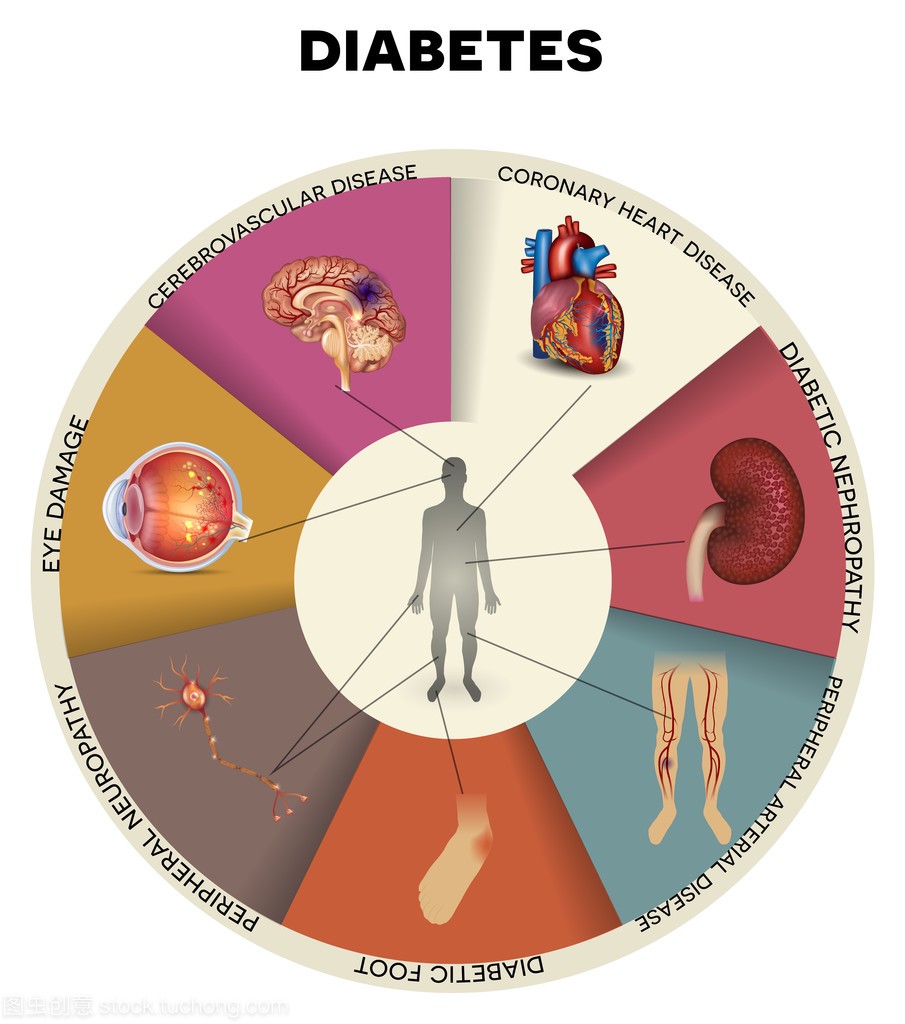
新研究发现,快步走路可以降低患2型糖尿病的风险,而且走得越快效果越好,大步快走可以将患病风险降低39%。
A new study has found that brisk walking can reduce the risk of type 2 diabetes, and the faster the pace, the better the effect. Fast walking with large strides can reduce the risk of developing the disease by 39%.
发表在《英国运动医学杂志》上的这份研究报告指出,快走可将日后患2型糖尿病的风险降低近40%。Brisk walking is associated with a nearly 40% lower risk of developing type 2 diabetes later in life, according to the study published in the British Journal of Sports Medicine.
研究作者回顾了1999年至2022之间开展过的10项研究,这些面向美国、英国和日本成人的研究对走路速度和患2型糖尿病之间的关联进行了分析。
The study authors reviewed 10 previous studies conducted between 1999 and 2022, which assessed links between walking speed and the development of type 2 diabetes among adults from the United States, the United Kingdom and Japan.
研究人员指出,这些研究在对这些成人进行了平均八年的跟踪调查后发现,相比轻松随意的散步,正常的走路速度能将患2型糖尿病的风险降低15%,而相对较快的走路速度则能将患病风险降低24%。大步快走最为有益,能将患病风险降低39%。
After a follow-up period of eight years on average, compared with easy or casual walking those who walked an average or normal pace had a 15% lower risk of developing type 2 diabetes, the researchers found. Walking at a “fairly brisk” pace meant a 24% lower risk than those who easily or casually walked. And "brisk/striding walking" had the biggest benefit: a 39% reduction in risk.
轻松随意的走路被定义为每小时步行不到3.2千米,正常步速为每小时3.2到4.8千米,较快步速为每小时4.8到6.4千米,而大步快走则是每小时超过6.4千米。走路速度每增加1千米,患2型糖尿病的风险就减少9%。
Easy or casual walking was defined as less than 2 miles (3.2 kilometers) per hour. Average or normal pace was defined as 2 to 3 miles (3.2 to 4.8 kilometers) per hour. A “fairly brisk” pace was 3 to 4 miles (4.8 to 6.4 kilometers) per hour. And “brisk/striding walking” was more than 4 (6.4 kilometers) per hour. Each kilometer increase in walking speed above brisk was associated with a 9% lower risk of developing the disease.
福岛医科大学医学院糖尿病、内分泌和代谢系主任岛袋道穗教授也认同这一研究结果,他表示“快步走路带来的运动强度的提高可以增进生理功能,改善健康状况”。
Dr. Michio Shimabukuro, a professor and chairman of the department of diabetes, endocrinology and metabolism at the Fukushima Medical University School of Medicine, agreed — adding that “increased exercise intensity due to faster walking speeds can result in a greater stimulus for physiological functions and better health status.”




